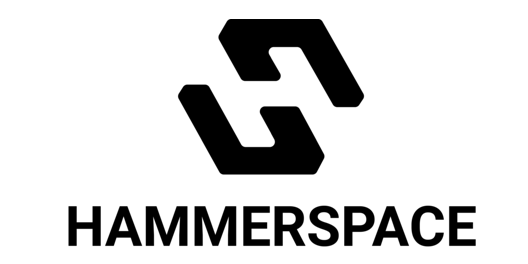 A new supercomputer, provided by the French company Bull, will be predicting accurately whether or not the rain in Spain falls mainly on the plain.
A new supercomputer, provided by the French company Bull, will be predicting accurately whether or not the rain in Spain falls mainly on the plain.
The Spanish State Meteorological Agency (AEMET) has chosen a supercomputer from Bull, an Atos company, that will improve weather forecasting in terms of frequency and accuracy, thanks to grid scales of between 1 and 3 kilometers. The system will be installed in two phases, and will ultimately deliver a performance of 168 Teraflops.
The new system, chosen after a public tender procurement and valued at €3.48 million, will allow AEMET to tackle new projects and upgrade existing services. In particular, it will substantially improve weather forecasting by implementing new systems to calculate the probability of weather forecasts, and handling horizontal grid ranges of 1 to 3 kilometers. These models will also help to improve forecasts of severe weather by integrating all available weather information.
In parallel, AEMET will launch new services for maritime and environmental forecasts as well as hydrological monitoring. It will also investigate how to get the best predictions that can be obtained in timescales of seasonal range with an estimate of their uncertainty, and it will provide regular regionalized climate change scenarios for the country.
The project involves the adoption of a new forecasting system, Harmonie/Arome, which offers a horizontal resolution of 2.5 km and covers the Iberian Peninsula, and Balearic Islands as well as the Canary Islands, with an initial range of 36 hours.
The new system will strengthen and expand AEMET’s current work in different areas such as climate change and the prediction of waves, and will facilitate their collaboration with international organizations. Finally, the implementation of the Mocage atmospheric chemistry model will be greatly enhanced, with resolutions of a few kilometers and coverage of the entire Spanish territory, with several predictions a day for air quality. In addition, the high resolution version of the Mocage model will include an ‘accident mode’ which will provide, in real-time, predictions about dispersion in case of accidental leaks of contaminating material.
The new supercomputer will consist of 338 servers (18 bullx DLC B710 chassis and 14 bullx R servers) with more than 8,000 cores. It will rank among the 500 most powerful systems in the world and will be third in Spain. The system will also feature a high performance InfiniBand FDR interconnect network, a 360 TB central storage system with bullx PFS (Lustre) and the bullx supercomputer suite.
The Bull system was chosen because of the energy and cost savings it offers, thanks to Bull’s patented direct liquid cooling system, which can cool with water at room temperature, by removing the heat generated by the servers through a cold plate. This technology reduces supercomputer costs throughout the system’s lifetime.
With 86,000 employees in 66 countries, Atos has annual revenues of around €10 billion. In addition to the HPC market which it serves following its acquisition of Bull last year, it operates in many other IT and IT services markets, providing consulting and systems integration services; managed services and BPO; cloud operations; big data and security solutions; as well as transactional services through Worldline, the European leader in the payments and transactional services industry.
This story appears here as part of a cross-publishing agreement with Scientific Computing World.


